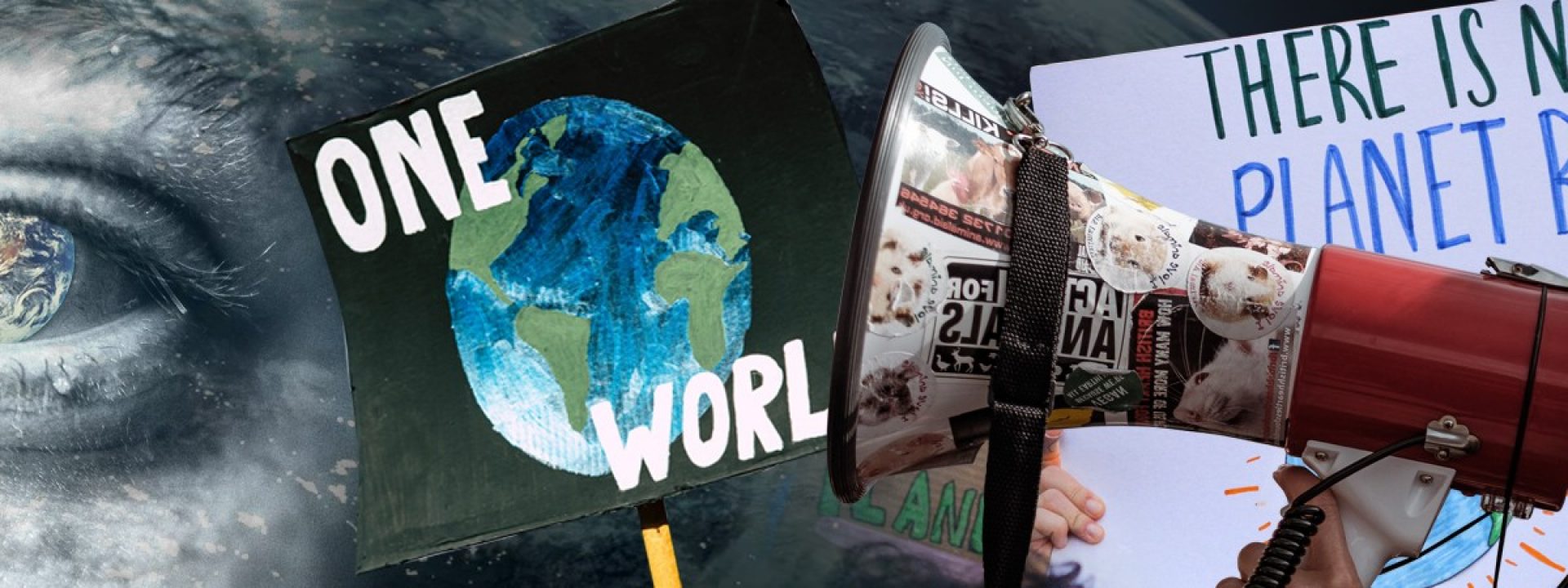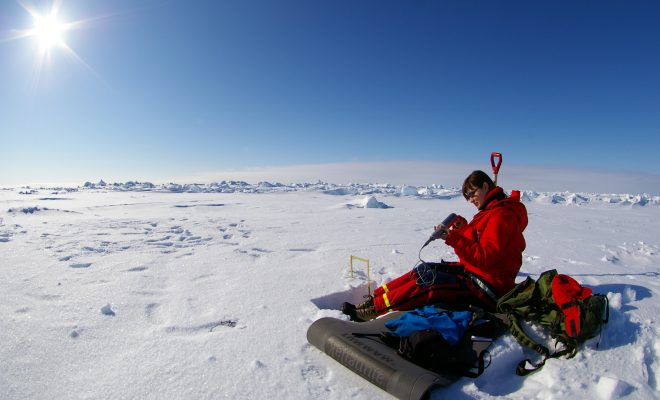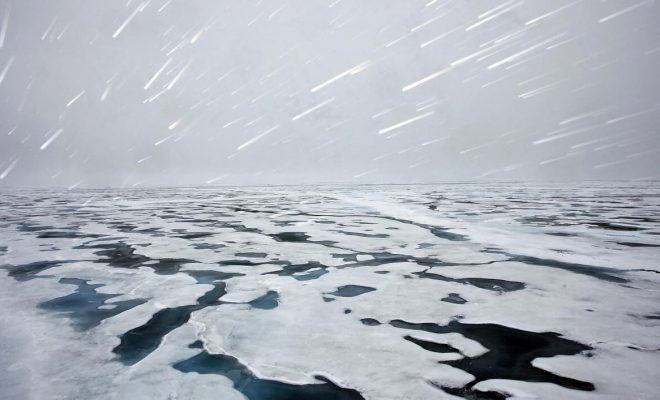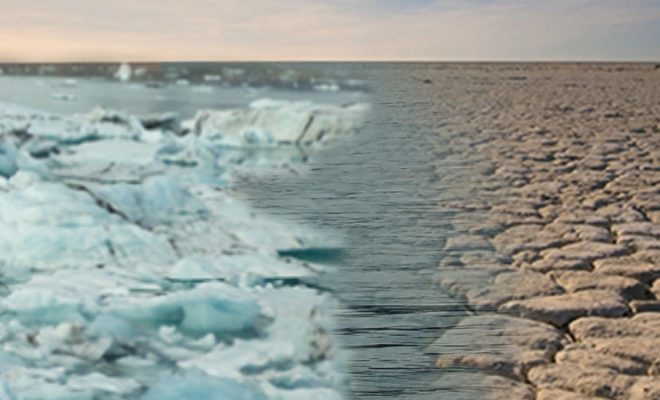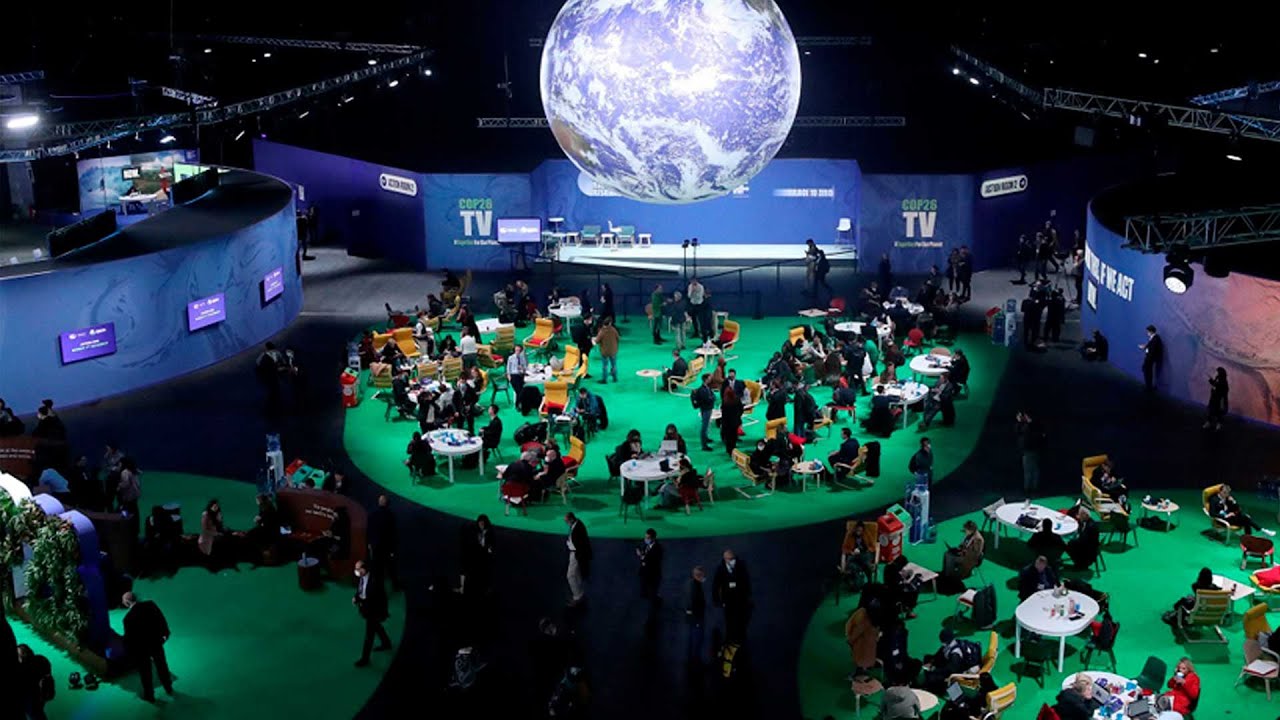
“Climate communication has to connect to people’s values and emotions, with the unavoidable aim of supporting a change that leads to effective action.” This is the conclusion of a recent study by the University of Applied Science in Konstanz, Germany, which analyzes the climate change outreach work done so far. Its purpose is to establish a practical communication guide that will mobilize society for active participation in mitigation and adaptation.

Scientific evidence of climate change is not enough. We need a social transformation that takes us from concern to awareness and from there to action. © Moniruzzaman Sazal / Climate Visuals Countdown
Scientific information is not enough
One of the pillars of the scientific method, in addition to objectivity and the admission of reasoning, is its understandability by society; in other words, knowledge should be comprehensible and allow the generation of practical solutions for people. This has been one of the most evident communication problems for science since the 17th century: people, in general, tend not to listen with genuine interest to the information provided by scientists, nor do they evaluate the costs and benefits of the conclusions they reach.
Consequently, scientific information alone does not shape social attitudes, even if it is clearly and widely disseminated. The case of current climatology is a case in point: almost everyone knows that greenhouse gases cause global warming and how fertilizers and pesticides pollute the water in rivers and aquifers, but this knowledge, regardless of how well it is transmitted, is not enough to mobilize effective action.
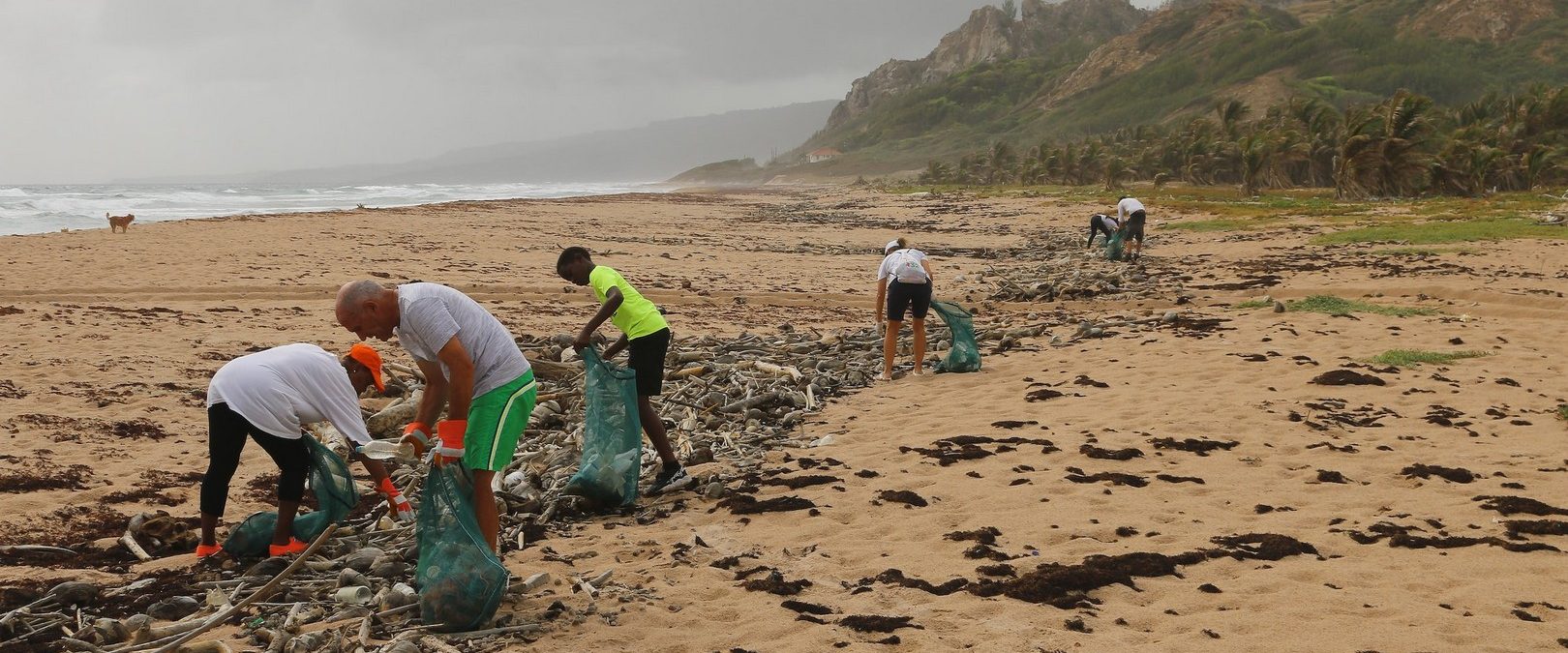
“Climate communication has to connect to people’s values and emotions, with the unavoidable aim of supporting a change that leads to effective action.” The University of Applied Science in Konstanz, Germany © Brian Yurasits-unsplash
How to raise awareness?
Troubling others is easy. The vast majority of the planet’s inhabitants are now concerned about climate change, but raising awareness and making people think about it is more complicated. The information saturation and shallowness of the digital era and the apparent economic interests that distort scientifically proven facts create a context that is not very favorable to slow reflection.
On the other hand, classical denialism —which denies scientific evidence— is receding. Still, it is dangerously mutating into another type of skepticism that denies the validity of solutions, devalues individual action, and delays the implementation of solutions. This attitude, generally the result of manipulation, has acquired considerable relevance in social networks and some media. It disregards the urgency of action and reassesses blind trust in technology as the powerful tool that will solve all problems.
Among the drafters of the German university’s report is environmentalist and climate communicator George Marshall, founder of Climate Outreach, who defines this tendency to de-emphasize the urgency of action as “pushing the problem into the future.” People are led to believe that the current climatic problems are only temporary and that the next generations will be the ones to deal with them effectively because they will have more advanced means at their disposal. Likewise, they will have developed non-polluting production technologies that, for example, will also be able to absorb CO2, clean the oceans and create crops that do not need water.
Marshall delves into the psychological perception of climate. This crucial factor explains a paradoxical attitude among those who suffer the consequences of disasters: a tendency to avoid thinking that the phenomenon could be repeated in the future. The critical question for Marshall and his colleagues is to reach people’s hearts and minds without apocalyptic alarmism that generates confusion and rejection.
How can this be done? The report’s conclusions advocate serious and well-documented information that can “bring the climate into the home,” showing understandable situations and references, with images and stories that reinforce people’s perception of climate change in temperature, rainfall, and anomalous weather phenomena. The goal is to sensitize people by involving them emotionally in how their daily lives are linked to the environment and climate.
The awareness-raising power
In the world of water, this strategy has proven effective in the water stress crises that are occurring with increasing frequency. The fitting slogan of this year’s World Water Day, “making the invisible visible,” although directly referring to aquifers, applies to any communication action about water crises. In our homes, behind the taps, the toilet, and the household appliances, there is an environmental universe on which we depend and alter every day. All human activity, whether domestic, agricultural, or industrial, is an intrinsic part of the natural water cycle, even if it is not explicitly shown to us.
The question is whether, in a time of drought, we can see the water stress we cause by turning on the taps in our homes and relate it to the images of waterless reservoirs and cracked fields. The experience of the threat of restrictions in several cities worldwide shows that the reply is affirmative: the population reduces consumption and becomes more concerned about water and sanitation. Unlike the emission of greenhouse gases, a problem projected decades into the future, a water crisis manifests itself immediately or within a few months at most, as in the case of droughts.

The question is whether, in a time of drought, we can see the water stress we cause by turning on the taps in our homes. © Noah-unsplash
How to transform concern into action?
Other psychosocial studies also agree that if the discovery of the invisible is accompanied by adequate scientific information that connects with people’s values —and there is no doubt that any human being values nature— we will be prepared to take action to preserve the climate and the environment.
Almost seven years ago, as part of World Water Day 2015, we organized the Social Perceptions of Water and Climate workshop with 23 climate experts and weather reporters. The challenge then was to convey the content of AR5, the IPCC’s fifth assessment report, practically unknown to the general public, which synthesized the scientific references of the COP21 that was to be held after a few months in Paris. The experts stressed the importance of disseminating climate problems with scientific rigor and clarity to combat denialism, which was more radical at the time: climate change did not exist or was not caused by human activity.
Now, on the eve of COP 27 in Sharm el Sheikh, things have changed. Society now perceives climate change as an everyday occurrence and increasingly relies on scientific warnings. The IPCC’s sixth report, AR6, has been studied in schools and widely disseminated. Concern has spread, and the clamor for urgent action is evident.
We have data that now allow us to create a new window for active participation by every individual. Assuming that ordinary people are incapable of understanding scientific knowledge is wrong, and it is time to end this condescending attitude to communicating science.
The challenge of communicating current climate issues can be overcome by providing spaces for interaction. At the educational level, schoolchildren should participate in them and integrate them into their school subjects, and then transmit this knowledge to their families. If the rest of the family has frameworks adequately shared by the media, “the climate has already entered the home.” This is the basis for “making climate issues viral” in society, which must have forums for calm debate with intelligible information that is not distorted by any pressure group. Only then will we be able to transform concern into action.
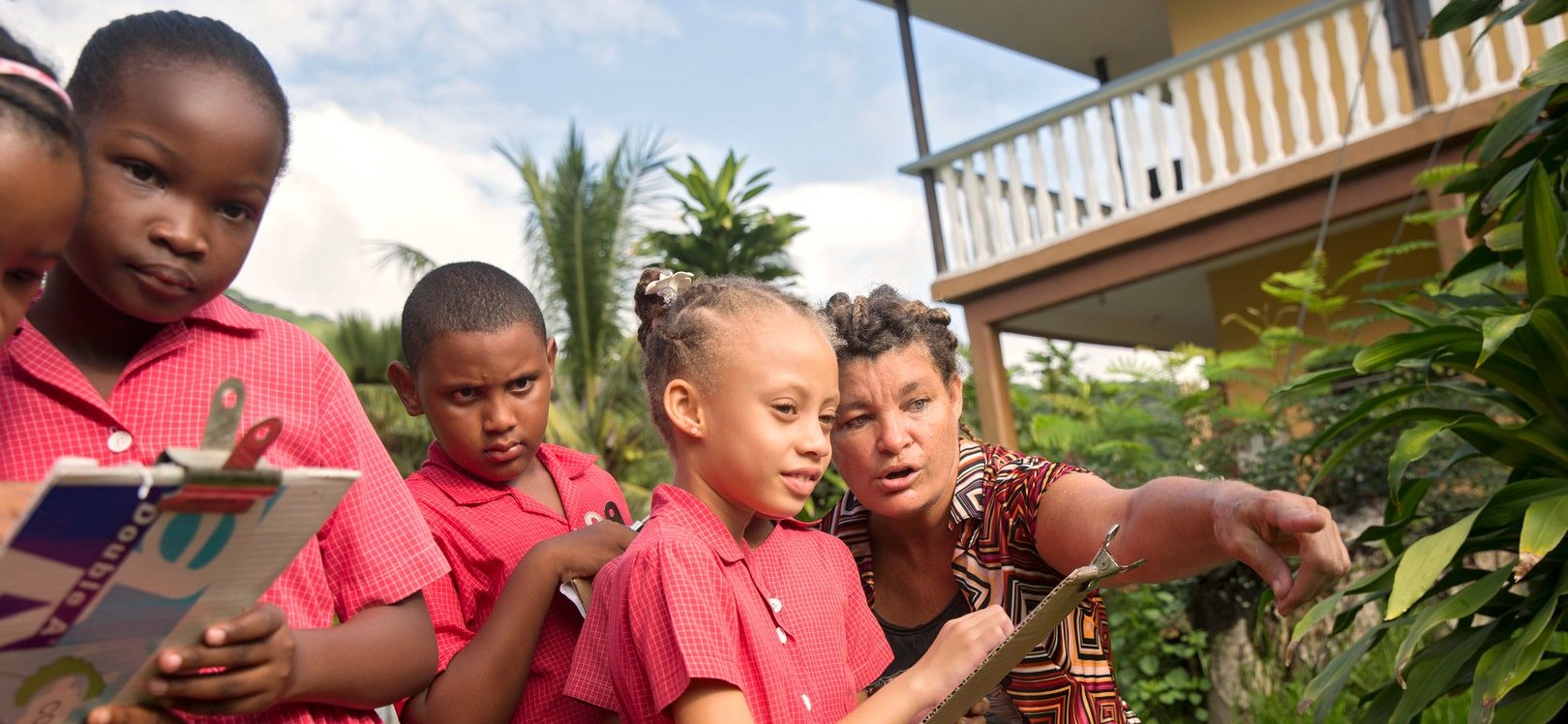
The challenge of communicating current climate issues can be overcome by providing spaces for interaction. At the educational level, schoolchildren should participate in them and integrate them into their school subjects. © UN Women/Ryan Brown


